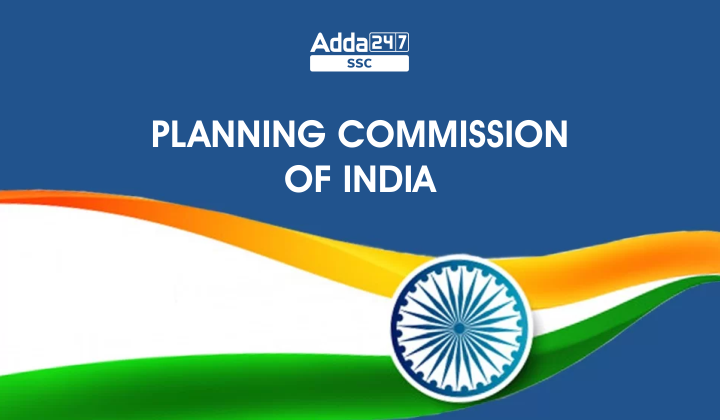Planning Commission
The Planning Commission is a government agency in India that was established to oversee the country’s economic and social development. The Planning Commission was set up in 1950 to promote a rapid rise in the standard of living of the people through efficient exploitation of the country’s resources, increased production, and providing opportunities for all to work in community service.
Planning Commission of India
The Planning Commission of India was a non-constitutional and non-statutory body, which was responsible for formulating India’s five-year plans for social and economic development in India. The Prime minister of India is the Ex-officio chairman of the planning commission. The Planning Commission was set up on 15 March 1950 under Article 39 of the constitution which is a part of directive principles of state policy. The planning commission was replaced by the NITI Aayog, established by our current Prime Minister Narendra Modi.
Functions of the Planning Commission Of India
- Evaluation of the country’s material, capital, and human resources
- Creation of a strategy for the most effective and balanced use of the country’s resources
- Defining the stages through which the plan should be carried out, as well as the allocation of resources to complete each stage.
- Determination of the nature of the machinery required for the plan’s full implementation
- A periodic assessment of the progress made in carrying out each stage of the Plan.
- Public Cooperation in National Development
- Development of Hill Areas Program
- Preparation for the future
- Directorate of Manpower
Planning Commission Chairman
India’s prime minister chairs the commission which consists of a deputy chairman as well as several full-time members. Each of the numerous divisions of the commission, corresponding to sectors of the national economy and society, is headed by a senior officer. The divisions include education, health, infrastructure, science, financial resources, industry, social welfare, rural development, and water resources.
Composition of the Planning Commission
- Chairman – Prime Minister; presided over the meetings of the Commission
- Deputy Chairman – de facto executive head (full-time functional head);
- Responsible for the formulation and submission of the draft Five-Year Plan to the Central cabinet.
- Appointed by the Central cabinet for a fixed tenure and enjoyed the rank of a cabinet minister.
- Attend cabinet meetings without the right to vote.
- Part-time members – Some central ministers
- Ex-officio members – Finance Minister and Planning Minister
What Is The Difference Between the Planning Commission and Niti Aayog?
Planning Commission is a constitutional body
The Planning Commission, although no longer active since the Planning Commission is replaced by NITI Aayog, is neither a constitutional body nor a statutory body. It is a non-constitutional or extra-constitutional body because it is not created by the Constitution of India and also a non-statutory body as it is not created by an Act of Parliament.
The Planning Commission was set up in 1950 by an executive decision of the Government of India on the recommendations of the Advisory Planning Board constituted in 1946 under the chairmanship of K.C Neogi.
Planning Commission of India in Hindi
| Check the Latest Posts: | |
| Largest State in India | Finance Commission of India |
| The preamble of the Indian constitution | Union Territories in India |



 How can I get selected for Delhi Police ...
How can I get selected for Delhi Police ...
 SSC CHSL Vs. SSC CGL – What Changes in S...
SSC CHSL Vs. SSC CGL – What Changes in S...
 Importance of Solving Previous Year Pape...
Importance of Solving Previous Year Pape...









